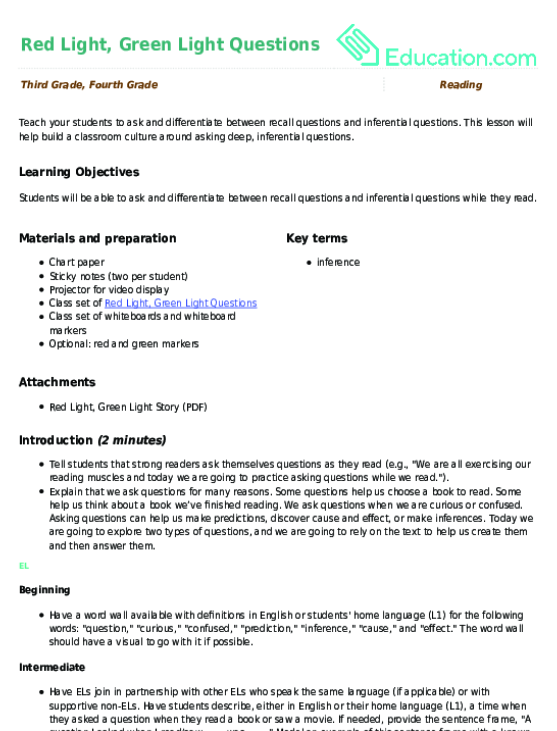Science project
Light Intensity and Distance
Light, a form of electromagnetic radiation, travels in waves. The range of the electromagnetic spectrum we can see is called visible light. Light intensity is a measure of the average power associated with waves, and is generally measured as the power per unit area. The more the light waves spread out, the less intense the light.
We perceive relative intensity as brightness. Brighter light corresponds to higher intensity. In this lab, you will assume the power output of either the flashlight or the laser pointer is constant for a given trial.
A flashlight uses reflective materials to spread out light to larger areas. A laser, which is an acronym for "light amplification by stimulated emission of radiation," emits a more focused beam of light.
Power output is also related to the life of the battery in a device. How do you think this change over time?
Observe brightness, the subjective measure of intensity, and observe how power relations to light intensity.
Materials
- Small flashlight
- Laser pointer
- New batteries for the flashlight AND laser pointer
- 2 sheets of graph paper
- Meter stick
- Heavy books
- Tape
- Notebook and pen/pencil
Procedure
- Tape 2 sheets of graph paper side-by-side on the wall, close to the ground.
- Put new batteries into both the laser pointer and the flashlight.
- Make two stacks of heavy books. Fix the flashlight to the top of one and the laser pointer to the other. They should be at roughly the same height, and when turned on, they should be about level with the center of the graph paper on the walls.
- Turn off the lights in the room.
- Measure one meter away from the wall. Place the light sources here, turn on the flashlight and laser pointer and direct them to the center of a graph paper sheet.
- Measure the area the light covered by counting the squares on the graph paper illuminated by the light and record them in your notebook. Record any observations.
- Move the light sources farther away from the wall by ½-meter increments and repeat step 6. Move as far away as you can in the room
- Leave the flashlight and laser pointer on for 1 hour and repeat steps 6 and 7 beginning one meter from the paper, measuring the same distances you measured before.
- Repeat every hour until either the laser pointer or flashlight run out of batteries.
Results
The flashlight will cover a larger area of the graph paper than the laser pointer at all distances. The farther away the flashlight is from the wall, the greater area the light will cover. The laser pointer will cover the same area at all distances. The longer the flashlight is left on, the less bright the light will be. The laser pointer will also dim as the batteries run out.
Why?
The farther away the flashlight is moved from the paper, the more squares on the graph paper are illuminated. This means the light is less intense (less power per square meter). For each trial (one set of measurements at a time), we will assume the power output of the flashlight and the laser pointer to be constant, so we can compare them at a distance. As the lights are left on, the batteries will dissipate energy, with losses to heat, light, and internal resistance, and will output less power. The longer the lights are left on, the less power they will output, and the intensity and brightness of the light will decrease.
The laser pointer will retain the same intensity for most of the experiment because it is a focused beam of light, and is not deliberately scattered and spread by the cone reflectors in the flashlight. However, the light will likely decrease in intensity towards the end of the battery life.
Education.com provides the Science Fair Project Ideas for informational purposes only. Education.com does not make any guarantee or representation regarding the Science Fair Project Ideas and is not responsible or liable for any loss or damage, directly or indirectly, caused by your use of such information. By accessing the Science Fair Project Ideas, you waive and renounce any claims against Education.com that arise thereof. In addition, your access to Education.com's website and Science Fair Project Ideas is covered by Education.com's Privacy Policy and site Terms of Use, which include limitations on Education.com's liability.
Warning is hereby given that not all Project Ideas are appropriate for all individuals or in all circumstances. Implementation of any Science Project Idea should be undertaken only in appropriate settings and with appropriate parental or other supervision. Reading and following the safety precautions of all materials used in a project is the sole responsibility of each individual. For further information, consult your state's handbook of Science Safety.













